Search the Special Collections and Archives Portal
Search Results
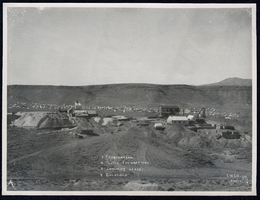
Photograph of mining operations, Goldfield (Nev.), early 1900s
Archival Collection
Description
Caption: Key reads: 1 Combination, 2 Mill Foundations, 3 January Lease, 4 Goldfield
Image

Photograph of people at Montana Tonopah Mine, Tonopah (Nev.), early 1900s
Date
Unknown year in the decade of the 1900s
Archival Collection
Description
Photograph of people at Montana Tonopah Mine, Tonopah (Nev.), early 1900s
Image
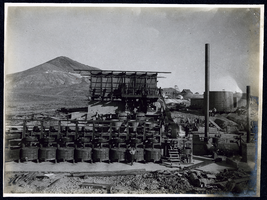
Photograph of Midway Mill construction, Tonopah (Nev.), early 1900s
Date
Unknown year in the decade of the 1900s
Archival Collection
Description
Photograph of Midway Mill construction, Tonopah (Nev.), early 1900s
Image
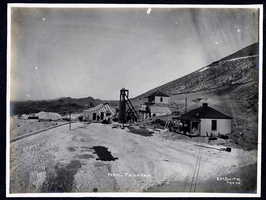
Photograph of Montana Tonopah Mine and outbuildings, Tonopah (Nev.), early 1990s
Archival Collection
Description
Caption: Mon. Tonopah
Image
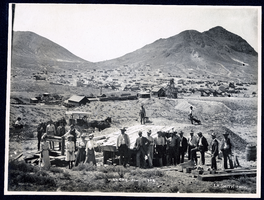
Photograph of group of people posing at Montana Tonopah Mine, Tonopah (Nev.), 1902
Date
1902
Archival Collection
Description
Caption: Lucky Jim 1902
Image
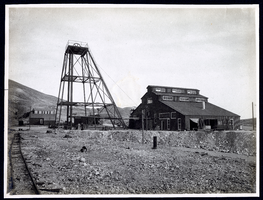
Photograph of Mizpah Mine, Tonopah (Nev.), early 1900s
Date
Unknown year in the decade of the 1900s
Archival Collection
Description
Photograph of Mizpah Mine, Tonopah (Nev.), early 1900s
Image
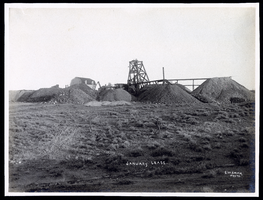
Photograph of January Lease mine, Goldfield (Nev.), 1904
Date
1904
Archival Collection
Description
[The January was the third mine to open in 1904]
Caption: January Lease
Caption: January Lease
Image
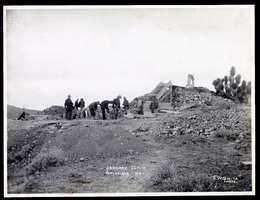
Photograph of men working at mining claim, Goldfield (Nev.), early 1900s
Archival Collection
Description
Caption: January Claim Goldfield, Nev.
Image
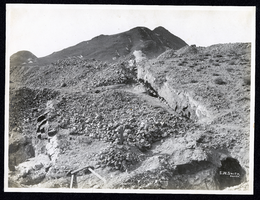
Photograph of ledge at Valley View Hill, Goldfield (Nev.), early 1900s
Archival Collection
Description
Caption: Valley view ledge
Image
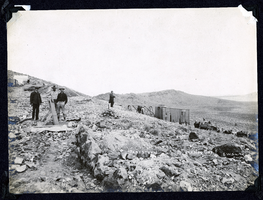
Photograph of men loading ore at Sandstorm Mine, Esmeralda (Nev.), early 1900s
Archival Collection
Description
Caption: Sandstorm Loading Ore
Image
Pagination
Refine my results
Content Type
Creator or Contributor
Subject
Archival Collection
Digital Project
Resource Type
Year
Material Type
Place
Language
Records Classification
